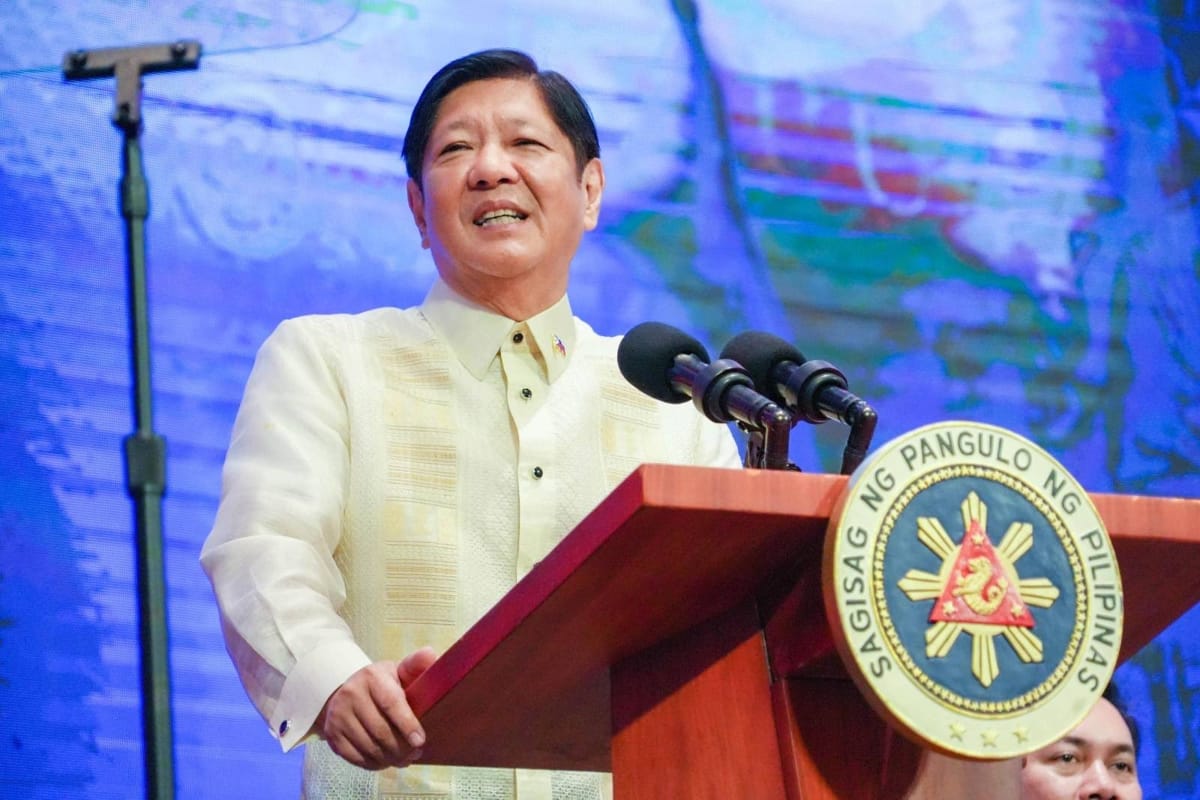The 2024 Lowy Institute Poll suggests for most Australians, the Philippines does not figure highly as a potential security partner. Only 2% of the respondents chose the Philippines as their top preference for establishing closer security relations with Australia, last on a list of six countries.
Given the recent acceleration in political and security engagements between Canberra and Manila, the Philippines’ low ranking is surprising. In September 2023, the countries elevated relations from a “comprehensive” to a “strategic partnership”, with security a key pillar for enhanced cooperation. In November, Australia and the Philippines conducted their first combined patrols in the South China Sea. In February this year, President Ferdinand Marcos Jr. delivered an address in the Australian parliament, becoming the first Philippines president to do so.
But Australians looked instead to Japan, which topped the list as the favoured nation for closer security relations (45%), followed by India (18%), Indonesia (14%), France (12%), and South Korea (5%). The results demonstrate the gap between perceptions and reality in the Australia-Philippines security partnerships.
The Philippines’ low ranking could also be due to the perception that it is a net recipient, not a contributor, to regional security.
There could be several reasons why Japan and India are ranked higher than the Philippines. First, Japan and India are members of the Quad – a grouping that includes Australia and the United States – to address security, economic, and health issues. The four Quad members have begun to work together to address the perceived erosion of international order, so perhaps Japan and India could be the more familiar names among Australians in the context of security. (Although last year the poll showed 12% of Australians had never heard of the Quad, with 11% having no view.)
This year, Australians are strongly positive towards Japan across a range of indicators, including Japan ranking as “Australia’s best friend in Asia” for the third year in a row. Australians report more warmth towards Japan than the Philippines when compared on the “feelings thermometer” measured in the survey. Arguably, this trust and warmth towards Japan translates into positive perceptions of Japan as a security partner for Australia.
The Philippines’ low ranking could also be due to the perception that it is a net recipient, not a contributor, to regional security. Since 2015, Washington has provided Manila with more than US$1 billion in military equipment and training aid. Canberra has also provided financial and military assistance in response the Islamist insurgency in the southern part of the Philippines. So Australians might be left wondering how the Philippines can contribute to the security partnership in return? To be fair, Manila has taken unilateral steps to modernise the Philippines’ defence capabilities despite receiving foreign assistance.

Despite the low ranking, the Philippines is an obvious security partner for Australia. Each has a shared interest in upholding the security and stability of the maritime domain, especially in Southeast Asia and critical waterways such as the Straits of Malacca and the South China Sea.
Although Australia is geographically located outside Southeast Asia, the bulk of Australian exports rely on sea transport, and the vast majority of oil that Australia consumes is imported from overseas suppliers, primarily from Asia. For the Philippines, an archipelagic state with more than 7,600 islands, maritime security is essential. The recent shift in the Philippines’ defence strategy from inward-oriented posture towards projecting comprehensive power across its exclusive economic zone demonstrates Manila’s emphasis on maritime security.
Marcos’ speech to parliament underscored the role of maritime security as one factor that binds Australia and the Philippines together, pointing out that: “Australia and the Philippines are in the same boat. And we share a vision for our destination, a peaceful, secure, stable, and prosperous Indo-Pacific.”
Yet, a peaceful, secure, stable, and prosperous regional maritime domain is being threatened by a common adversary. China’s assertive behaviour has been directed against Australia and the Philippines across the Indo-Pacific region, including in the South China Sea.
China has regularly harassed Australian military personnel operating in international waters – as demonstrated by recent experience after a Chinese warplane fired flares into the path of an Australian helicopter, and last year by a Chinese warship using high-powered sonar while Australian naval personnel were diving nearby. For its part, the Philippines remains embroiled with China over disputed maritime claims in the South China Sea, which most recently has seen Chinese vessels use water cannons and physically collide with Filipino boats operating within the Philippines’ legally recognised exclusive economic zone.
Australia and the Philippines are indeed in the same boat regarding security issues, as Marcos said. Closer defence engagements will result in the future. And hopefully, more Australians will come to see the Philippines as an important security partner in a volatile region.
Download the 2024 Lowy Institute Poll and explore two decades of Poll data on our interactive website.

